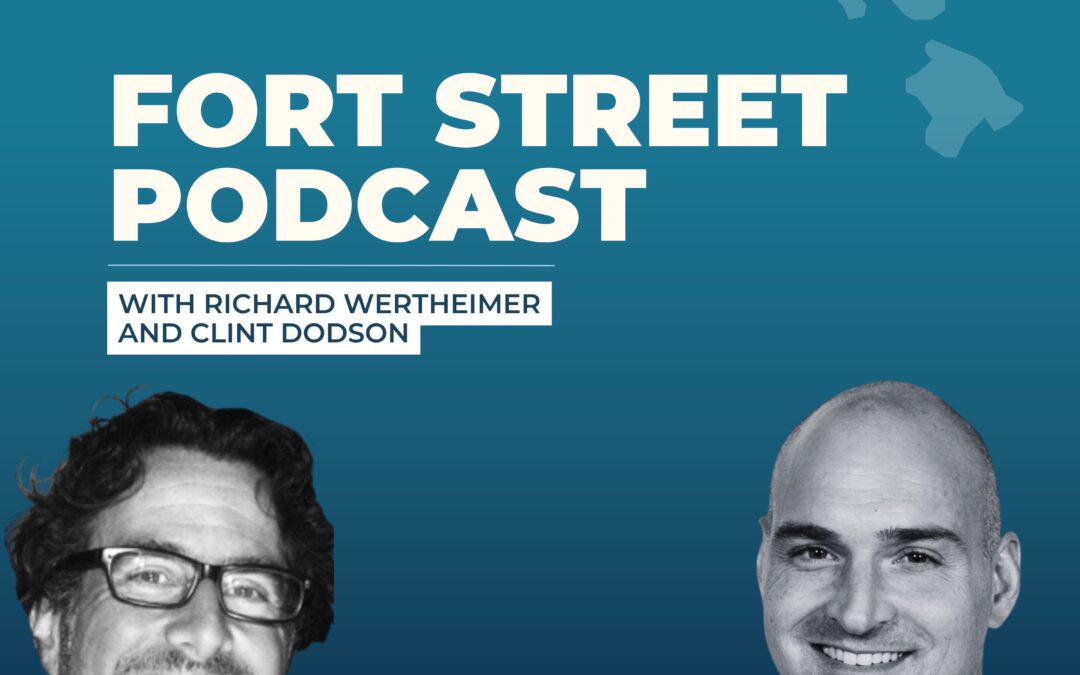
Spotify: June Podcast
In this episode, we tackle the big questions, like what’s more important: having an honest portfolio manager or outperforming at a single moment in time? Clint discusses Fort Street’s “all-weather” approach, while Richard breaks down how external factors, like elections and geopolitics, impact portfolios.
Key highlights include:
- Clint’s thoughts on taking more risks with a “little more gas, less brake” approach.
- Richard’s insights into building an “anti-fragile” portfolio that can withstand unpredictable events.
- A candid take on how the Trump vs. Kamala debate won’t drastically sway the market.
- Post-Yen growth scare and how it shapes investor sentiment.
- The ongoing challenges China faces from an economic perspective.
- A bullish stance on Uranium.
Tune in for a great discussion around election season, market predictions, and good laughs!
About Fort Street Asset Management:
Founded in 2019 by Richard Wertheimer and Clint Dodson, Fort Street Asset Management is a distinguished investment fund manager based in Honolulu. Actively managing a multi-strategy fund for like-minded investors, Fort Street is dedicated to protecting assets and compounding capital. For more information, visit our website at www.fortstreetam.com.
